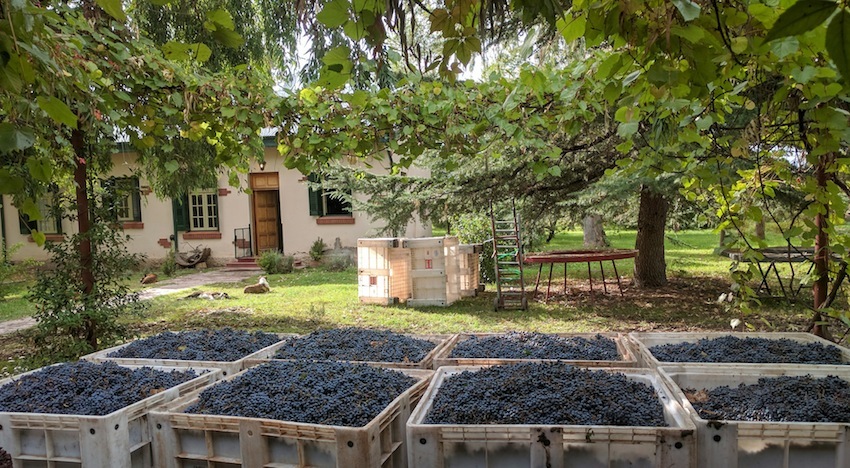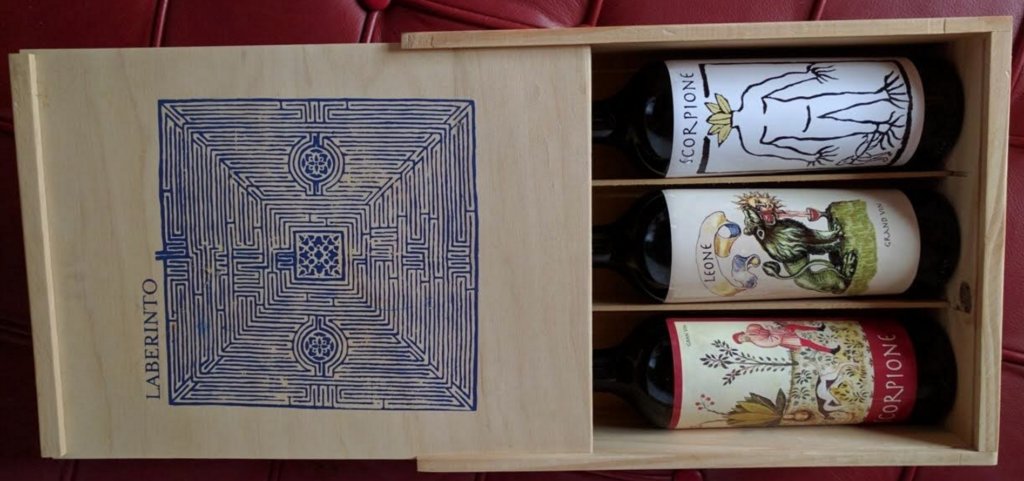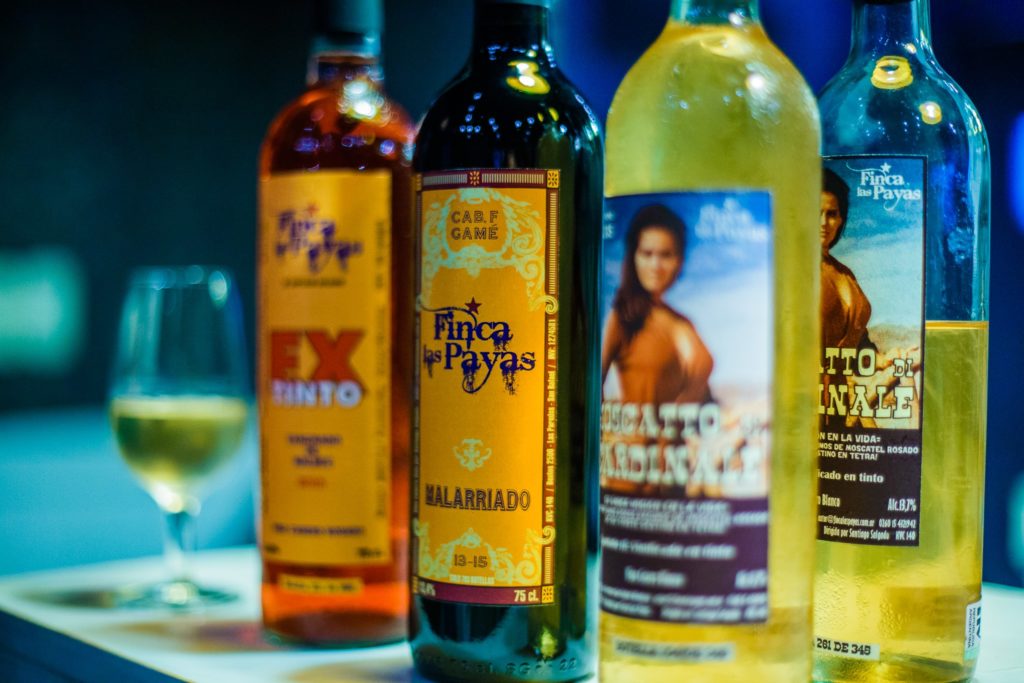Getting to grips with the difference between boutique, artisanal and garage winemakers can feel a bit tricky when the terms are loosely interchanged between bottles and marketing material of wineries of all sizes.
However, Argentina’s National Viticulture Institution, the INV, the limits are quite clear:
- Less than 4,000 litres a year = Vino Casero (homemade or garage wine)
- 4,000 – 12,000 litres a year = Vino Artisanal (artisanal wine production)
- Up to 100,000 litres = boutique (although this is still considered industrial by the INV)
There are some 1,600 producers of Vino Casero in Argentina, with over half of them in Mendoza. However, these aren’t the sort of wines you’ll easily find to buy. And because they are ‘casero’ and ‘artisanal’ they can’t be exported, nor can they state the grape used. The majority of them are sold from their homes, by the side of the road or very occasionally in local wine shops.
Are they worth hunting down?
Yes and no. Some small producers make excellent wines, whereas others are simple table wines. There’s also the rather regrettable phenomenon of making Vino Casero by adding alcohol to grape juice. This is the sort of ‘wine’ that is sold on the roadside, and perhaps best avoided.
There are however a handful of producers of Vino Casero and Vino Artisanal that are well worth recommending, so here is a couple to get you off to a good start:
AmorTarot Wines, Scorpione & Leone
Local artist Marcello Mortarotti and his family make this collection of wines from their family finca in Vista Flores. You can see his artistic flair as soon as you first glimpse a look at the bottle, each is adorned with a hand-drawn piece of art. The concept behind the art and wines is creating an ode to old-fashioned alchemy. They harvest at night during the full moon and leave the grapes to get exposed to the morning mist. The winemaking is all done in plastic bins, cement eggs, and barrels with native yeast, and in some cases no added sulphur.
The result is a trio of natural wines: Scorpione 1, a co-ferment of Cabernet Franc and Malbec abundant with red cherry notes and ripe fruit; Scorpione 2: a peppery blend of Cabernet Sauvignon and Malbec which has a juicy, rich fruit character followed by a longer, spicier finish; and Leone, 100% Malbec with a more complex mouthfeel and darker aromas picked up from a longer period in barrel. All three of them are juicy wines with soft tannins and easy to enjoy with a range of meals.
Buy the wines: [email protected]
Finca Las Payas
Santiago Salgado makes a collection of natural wines in San Rafael, just a couple of hours south of Mendoza. Focusing on an artisanal production, his micro-vinification wines are often trodden by foot and made in a traditional wooden basket press. He works with unusual varieties for Argentina, seeking out the lonely plantings ofCaladoc, Gamay, Nero D’Avola and Moscatel Rosado to name a few.
Worth hunting down are his trio of Moscatel Rosado wines: each made in a slightly different way. The first vinified as a white, the second vinified as a red (becoming an orange wine) and the third aged in barrel. His wines are always playful and often unique to the vintage.
Buy the wines: www.facebook.com/finca.laspayas


